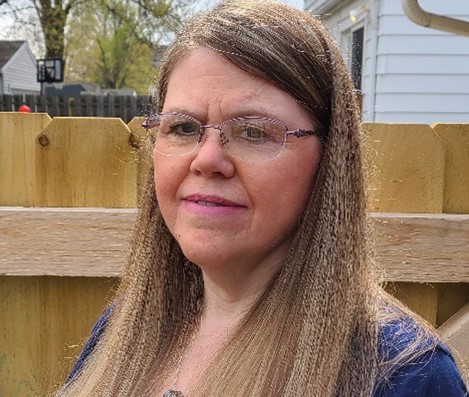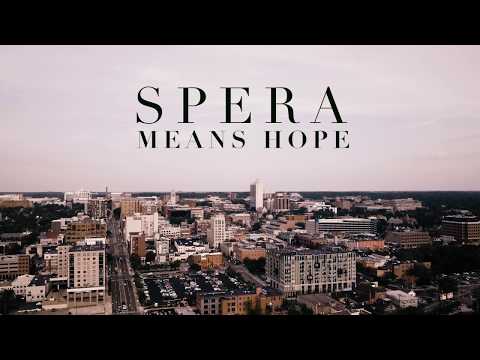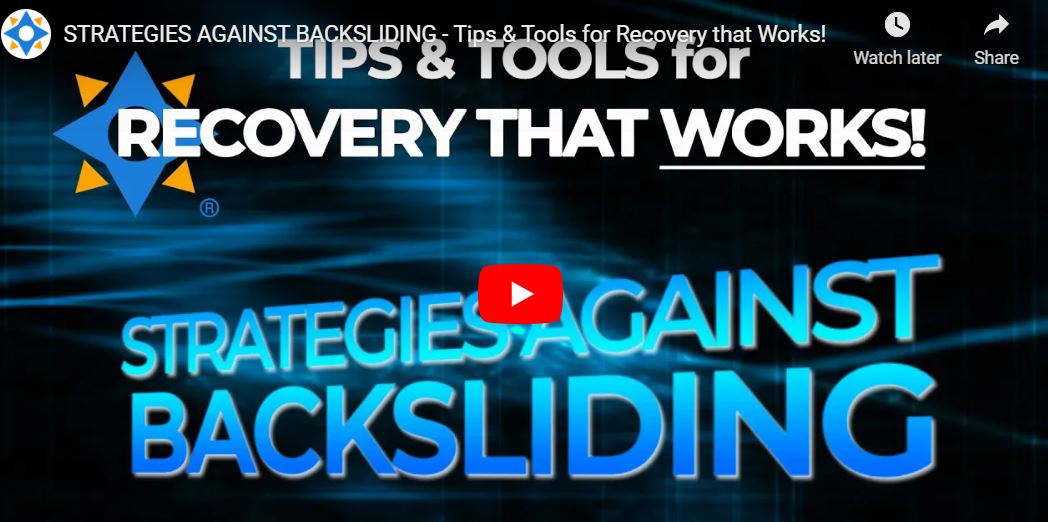There’s a lot of academic and advocacy energy around harm reduction, legalization, and assertions that drugs and drug use carry relatively few innate harms–the real problems are puritanical and often racist attempts at social control.
These discussions give the impression that people with addiction and society would be ok if we assured a legal, unadulterated supply, safe and unfettered spaces to use and live, sterile equipment, along with access to first aid and treatment meds.
I’ve said many times, since the beginning of this blog, there is no ideal or problem-free drug policy. The real questions are: What problems are intolerable? What problems are we most willing to tolerate? How do we minimize/eliminate what’s intolerable and mitigate the harm from the problems we’re willing to tolerate?
That we’re deciding mass incarceration is intolerable is a good thing. Same for the role of racism and disparate and heavy-handed impact experienced by communities of color.

Those should be deemed intolerable. And, drug policy, like many other things, involves trade-offs.
Our failure to acknowledge these trade-offs and attempt to earnestly mitigate the harms associated with the priorities we choose to enshrine in policy/practice has resulted in immeasurable damage and prevented us from changing course in a responsible manner.
The current focus on individual liberties and harms, along with the conflation of addiction with lower severity substance problems often gives the impression that the only serious harms associated with substance use disorders are results of legal status and adulterated drug supply, obscuring many harms experienced by people with addiction and those close to them.
A recent Keith Humphreys tweet speaks to this and touches upon the amends process associated with 12 step recovery.
The Washington Post has a paywall that might prevent you from accessing the story, but a friend shared this video, which the story is based upon.
Humphreys refers to a cringe factor in this story. I also sense considerable hesitancy to acknowledge and create space for the harm experienced by people around the addict. Note Humphreys’ nuance. He says, “Addiction typically inflicts harm on others.” … addiction inflicts harm.
Preslee’s description of her dad (Casey) threads an important needle too. She alludes to him as two different people — a sober-self and an addicted-self.
“For as long as I can remember, my dad has been an alcoholic… I knew how my dad would be one person when we showed up to the party, and a completely different person when we left.”
“Seeing him in rehab, he was so different from before,”
I sense that this hesitancy emanates from destigmatization efforts. There’s an effort to frame them as non-threatening, which aligns with framing them as victims of social failures and harmful policies. It also aligns with impulses to downplay impaired control and the risk that presents to others. (
So… this gets complicated. Are people with addiction frequently victims of bad policy? Yes. Definitely. But there’s much more to it than that.
Note that while there might be a lot wrong with alcohol policy, it’s not criminalized and it causes plenty of harm.
I think it’s important to note that people with addiction are often harmed by bad policy, but they are also harmed by the illness of addiction, and they are often perpetrators of harm to others around them.
A former colleague who worked in juvenile justice said, “People see my kids as victims or perpetrators. When they reduce them to a victim or a perpetrator, it makes it hard to see them as a resource.”
Note the importance of looking beyond his victimization in healing the relationship with his daughter:
“One day, we were all sitting in the living room for a family meeting,” wrote Preslee. “My dad said, ‘I’ve been through alot and gone through it, kids, and we will be okay.’ This made me angry and I responded with, ‘Really, Dad? You think you’re the only one who had a hard time throughout this?’ ”
The questions around moral responsibility in active addiction are complex and difficult to answer and will inevitably involve acknowledging seeming incompatible truths. Similarly, finding the best policies (which, if we’re honest, might more accurately be described as the least bad policies) requires acknowledging the tradeoffs involved and the harms we’re choosing to tolerate.
- How do our alcohol policies protect, neglect, or harm Casey?
- How do they protect, neglect, or harm Preslee?
- How do they protect, neglect, or harm others?
- Who do these policies place responsibility upon? For what?
- If Casey’s problem was heroin rather than alcohol, how would that change?
- If Casey’s social/environmental circumstances were different, how would our answers change?
Whether we’re talking about policy or moral responsibility, the answers are not easy, but we can’t find them by avoiding, ignoring, minimizing, or obfuscating inconvenient truths.
 Take 5 Spotlight is a series of brief articles that introduce you to members of our National Office team, and many other SMART-types, in a short & sweet way. Sometimes hearing about a company from someone on the inside makes for a great job connection. That’s what happened for SMART’s Office Assistant Jas Hilbert. A SMART […]
Take 5 Spotlight is a series of brief articles that introduce you to members of our National Office team, and many other SMART-types, in a short & sweet way. Sometimes hearing about a company from someone on the inside makes for a great job connection. That’s what happened for SMART’s Office Assistant Jas Hilbert. A SMART […]
 Take 5 Spotlight is a series of brief articles that introduce you to members of our National Office team, and many other SMART-types, in a short & sweet way. If you want to talk about longevity at SMART Recovery, the conversation starts and stops with Jodi Dayton. Jodi started working at SMART in 2003 (rumor has […]
Take 5 Spotlight is a series of brief articles that introduce you to members of our National Office team, and many other SMART-types, in a short & sweet way. If you want to talk about longevity at SMART Recovery, the conversation starts and stops with Jodi Dayton. Jodi started working at SMART in 2003 (rumor has […]
 Take 5 Spotlight is a series of brief articles that introduce you to members of our National Office team, and many other SMART-types, in a short & sweet way. If you called Office Assistant Leah McSween’s journey to SMART employment quick, then you might just be understating it. As Leah points out, “I think from application […]
Take 5 Spotlight is a series of brief articles that introduce you to members of our National Office team, and many other SMART-types, in a short & sweet way. If you called Office Assistant Leah McSween’s journey to SMART employment quick, then you might just be understating it. As Leah points out, “I think from application […]
Building a Multi-Track Treatment Court
Virtual training for courts looking to serve more populations
Applications are open now for training from NADCP’s National Drug Court Institute on expanding your treatment court to serve individuals outside the high-risk/high-need profile.
Building a Multi-Track Treatment Court is a free, virtual training designed for programs seeking to serve individuals that may not need the full complement of services offered by a treatment court but with no other accessible alternative to incarceration. Attendees will learn how to improve outcomes in their community for the full spectrum of justice-involved individuals.
Apply soon: the two-day, fully virtual training is only offered three times in 2021 and has limited capacity. Applicants must have commitment from their full multidisciplinary team to be considered.
Applications close May 14.
Training Overview
Decades of research makes clear treatment courts should focus on high-risk/high-need individuals to achieve the best outcomes. However, it may not always be possible for a treatment court to exclusively target this population, especially if the treatment court is the only alternative-to-incarceration program offered by a jurisdiction. Many jurisdictions are trying to address the needs of those involved in the court system that may not need the full complement of the services provided in their treatment court.
This training is designed to expand knowledge, incorporate other tracks, enhance skills, and improve outcomes for the full spectrum of justice-involved individuals in your jurisdiction.
This curriculum is supported by the Bureau of Justice Assistance, Office of Justice Programs, U.S. Department of Justice.
The post Building Treatment Court Tracks for Everyone appeared first on NADCP.org.
Switching from doctor to patient was not an easy transition for me. My first attempt at recovery was medically assisted, but only got me so far. What I needed was something more profound: hope, healing and connection to other recovering people. In this podcast for the National Wellbeing Hub, Dr Claire Fyvie interviews me about my own experience of addiction and recovery – warts, wonder and all.
Join me on Twitter @DocDavidM
By Robert Baillieu M.D., M.P.H., Physician and Senior Clinical and Practice Advisor, Center for Substance Abuse Treatment
In managing or preventing substance use disorders, nothing should occur in isolation. People and systems of care are complex. They require frequent observation, assessment and understanding. To this end, systems focused on medical models, statistics and abstract ideas do not take fully into account the reality of a patient’s situation and place too great an emphasis on the individual as being the source of their own suffering. Such paradigms, while accepting that individuals must make their own health decisions, perhaps negate the influence of social systems and existing policy on health outcomes. In working towards the prevention of substance use disorders, it is important to appreciate those social determinants of health, policies and actions that precipitate adverse outcomes. Furthermore, empowering stakeholders to engage with clinicians and policy makers on issues related to treatment and prevention, is an essential step in understanding what is needed, and how best practices might be implemented.
I keep hearing anecdotal reports of people being prescribed naloxone, filling the prescription, and later experiencing discrimination (refusing to write a policy) from an insurance company, typically a life insurance company.
I have not been able to have direct contact with anyone who experienced this or get the name of an insurance company engaging in this kind of practice.
I’m involved in a couple of Michigan advocacy groups that would be interested in taking action if specifics could be identified. We’ve got lines of communication with legislators and state departments.
If you are able to provide any information on this type of discrimination in Michigan, please comment below or email me at jfschwartz(at)gmail.com.

I decided to try something a little different and record an interview with Derek Wolfe, a new medical school graduate and future psychiatrist with a special interest in addiction. (Maybe interviews will be a recurring thing.)
One of the outcomes of the opioid crisis is that physicians have been centered in addiction treatment and drug policy discussions.
As this shift gathers momentum, there’s been a push to eliminate the X-Waiver that requires physicians to receive 8 hours of training (nurse practitioners and physician assistants must receive 24 hours) to treat addiction patients with buprenorphine. This concerns many of us who have worked in the field for decades and voiced concern about the lack of attention to addiction in medical school curriculums. There is also a simultaneous effort to replace the X-Waiver with an SUD training requirement that is less opioid-centric.
We discuss all of this and how Derek’s experience working in a social detox and crisis residential program have influenced his learning and will influence his practice.
Discussed in this episode
The Healing Forest Project – Derek’s 8 part series about Ann Arbor, Michigan as an example of a healing forest.
Vital Discussions – Derek’s podcast focusing on issues of interest to medical students and professionals.

We are pleased to announce the release of our newest Tips & Tools for Recovery that Works! video the Strategies Against Backsliding.
Backsliding can be a common facet of recovery. This episode offers some strategies anyone can use to avoid backsliding and succeed at long-term recovery!
Learn more about Cost Benefit Analysis (CBA)
Learn more about the ABC Tools
Subscribe to the SMART Recovery YouTube Channel
Video storytelling is a powerful tool in recovery, and we are proud to share our SMART Recovery content free-of-charge, available anywhere, on any device. Our videos hope to inform, entertain, and inspire anyone in the recovery community.
Subscribe to our YouTube channel and be notified every time we release a new video.
PLEASE NOTE BEFORE YOU COMMENT:
SMART Recovery welcomes comments on our blog posts—we enjoy hearing from you! In the interest of maintaining a respectful and safe community atmosphere, we ask that you adhere to the following guidelines when making or responding to others’ comments, regardless of your point of view. Thank you.
- Be kind in tone and intent.
- Be respectful in how you respond to opinions that are different than your own.
- Be brief and limit your comment to a maximum of 500 words.
- Be careful not to mention specific drug names.
- Be succinct in your descriptions, graphic details are not necessary.
- Be focused on the content of the blog post itself.
If you are interested in addiction recovery support, we encourage you to visit the SMART Recovery website.
IMPORTANT NOTE:
If you or someone you love is in great distress and considering self-harm, please call 911 for immediate help, or reach out to The National Suicide Prevention Hotline @800-273-8255, https://suicidepreventionlifeline.org/
We look forward to you joining the conversation!
*SMART Recovery reserves the right to not publish comments
we consider outside our guidelines.*
Subscribe To Our Blog
Join our mailing list to receive the latest news and updates from the SMART Recovery Blog.
You have Successfully Subscribed!
